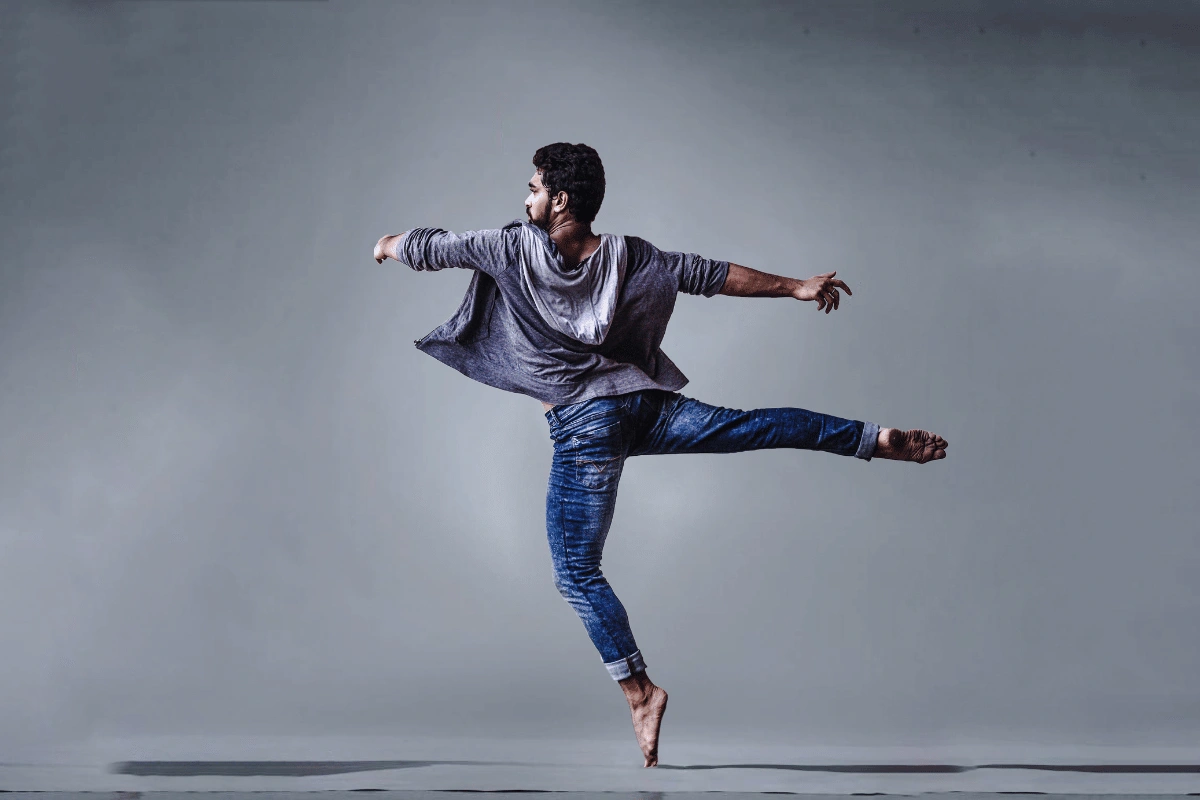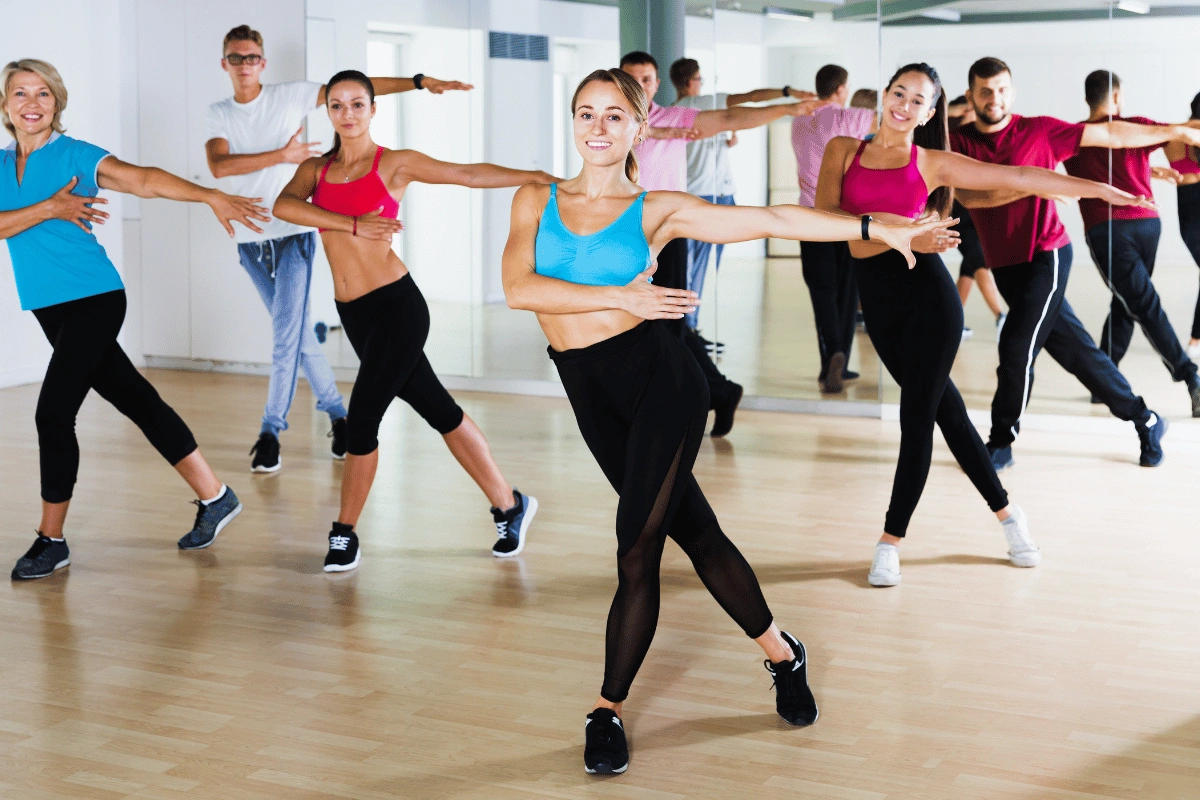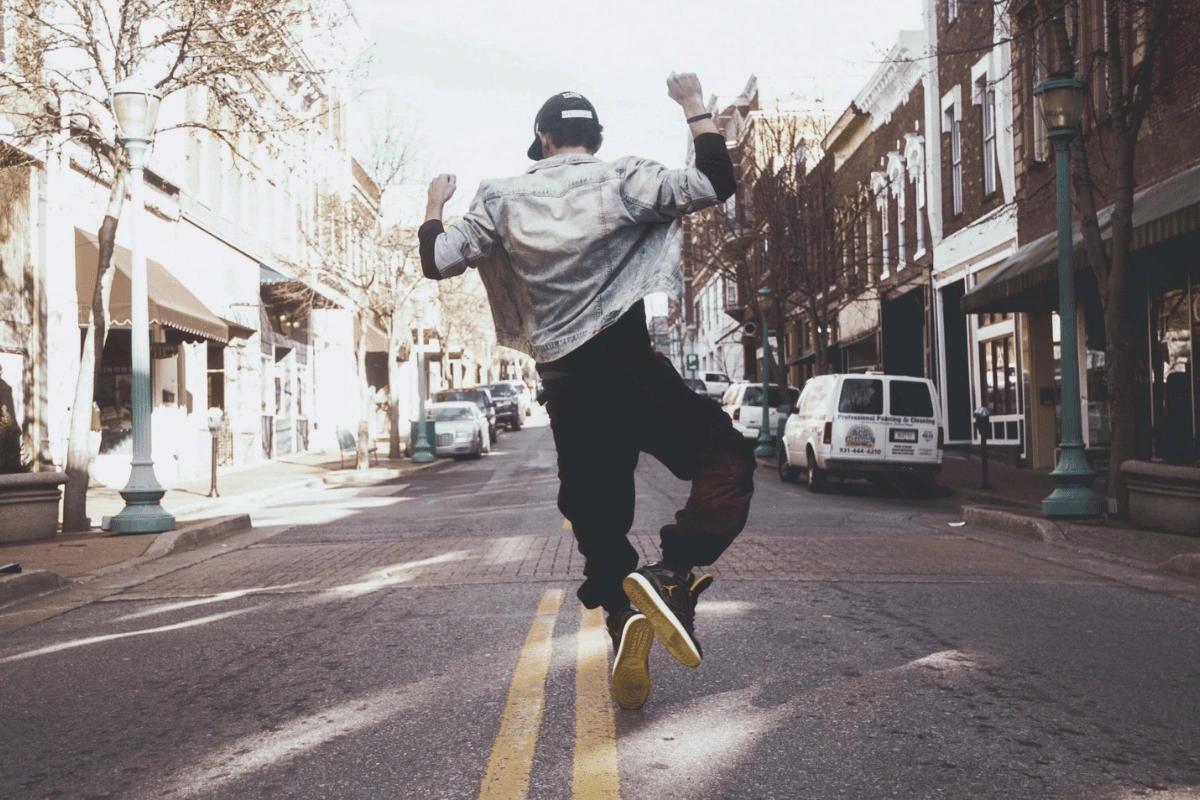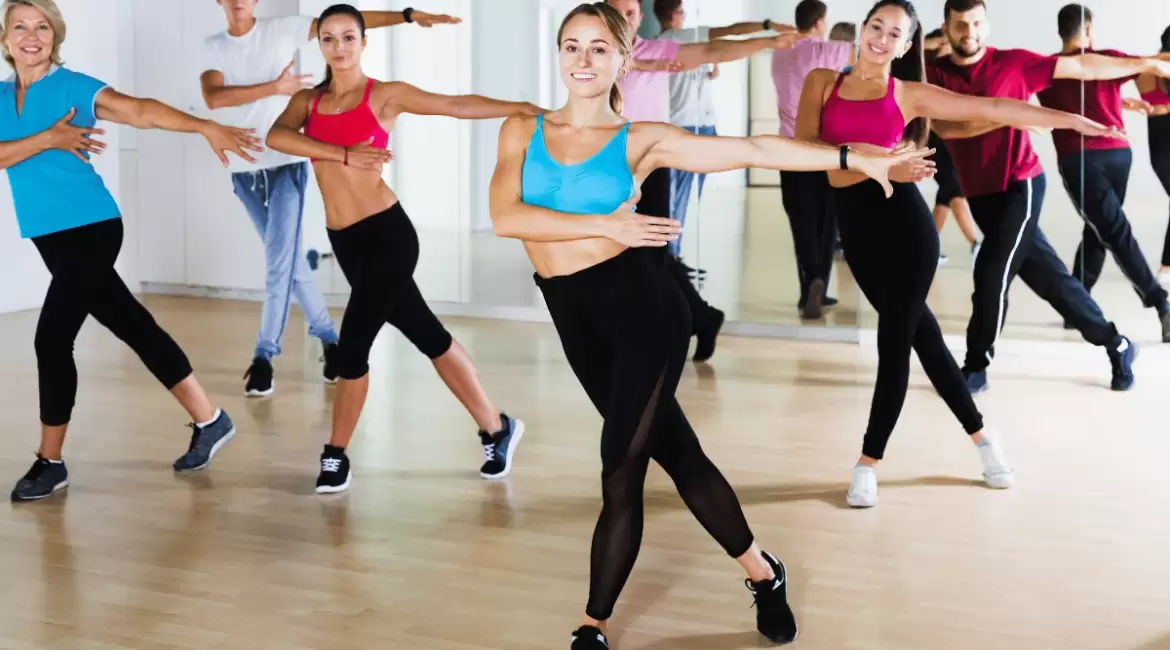Welcome to the third installment of our series on “Dance Terms Every Beginner Dancer Should Know“! In this chapter, we delve even deeper into the rich tapestry of dance vocabulary, unveiling additional terms essential for aspiring dancers to master. Whether you’re refining your technique in the studio or stepping onto the dance floor for the first time, these fundamental terms will serve as your compass, guiding you through the intricacies of movement and expression. So, let’s continue our exploration and unlock the secrets to becoming a confident and proficient dancer!
Synth
In the realm of music production, a “synth,” short for synthesizer, is a versatile electronic instrument that generates sound through the manipulation and synthesis of electric signals. These signals are transformed into audible tones by amplifiers and loudspeakers, resulting in a diverse range of sounds and textures that have become integral to modern music across genres.
The sonic palette of a synth is virtually limitless, allowing musicians and producers to create an expansive array of sounds, from ethereal pads and lush textures to piercing leads and gritty basslines. Synthesizers offer a wealth of sonic manipulation capabilities, including waveform shaping, filtering, modulation, and effects processing, enabling users to sculpt and tailor sounds with precision and creativity.
One common reference to a “synth” is the synth piano, a distinctive sound characterized by its rich, sustained bass tones and enveloping ambiance. This sound, often likened to a deep, slow bass with a characteristic “wobba wobba” quality, is achieved through the synthesis of oscillating waveforms and the application of resonance and modulation effects.
In dance, the synth piano sound serves as a powerful rhythmic and melodic foundation for choreography, providing a driving pulse and atmospheric backdrop that propels movement and enhances emotional expression. Dancers may interpret the pulsating rhythms and evocative melodies of the synth piano with dynamic, fluid movements that mirror the intensity and texture of the music.

Tempo
Tempo, a fundamental aspect of music, refers to the pace or speed at which a piece of music is performed. It serves as a guiding force that dictates the rhythm, energy, and overall feel of a musical composition, shaping the tempo at which dancers move and interpret choreography.
As dancers embark on the journey of learning a new piece of choreography, the choreographer often employs a progressive approach to tempo, gradually increasing the speed of the music from slow to medium, and finally to the full tempo—also known as the real-time speed of the song.
At the outset, dancers typically begin learning the choreography at a slow tempo. This deliberate pacing allows them to focus on mastering the fundamental steps, sequences, and transitions with precision and clarity. By breaking down the movements at a slower pace, dancers can refine their technique, develop muscle memory, and internalize the nuances of the choreography more effectively.
As dancers gain familiarity and confidence with the choreography, the tempo is gradually elevated to a medium speed. This intermediate tempo serves as a transitional phase, bridging the gap between the slow, methodical learning process and the full-speed execution of the choreography. Dancers continue to refine their movements and transitions, adapting to the increased pace while maintaining control and accuracy.
Finally, dancers progress to performing the choreography at the tempo—the true, real-time speed of the song. At this stage, dancers must execute the movements with precision, musicality, and dynamic expression, synchronizing their movements with the rhythm and energy of the music. The tempo challenges dancers to move with agility, confidence, and responsiveness, infusing the choreography with vitality and momentum.
Textures
In the realm of music, “textures” encompass the intricate interplay of sonic elements and layers within a musical composition, creating depth, richness, and complexity in the sound landscape. Just as different fabrics or materials evoke varied tactile sensations, musical textures evoke a range of auditory experiences, from the delicate intricacies of a fine lace to the robust density of woven tapestries.
One dimension of musical texture involves the density and distribution of sounds across the frequency spectrum. A piece of music may feature a dense, thick texture characterized by multiple layers of instruments or voices playing simultaneously, creating a sense of fullness and richness. Conversely, a sparse texture may feature fewer elements or isolated sonic events, allowing individual sounds to stand out with clarity and emphasis.
Moreover, the arrangement and interplay of melodic, harmonic, and rhythmic elements contribute to the overall texture of a musical composition. For example, a melody played against a simple chord progression may create a homophonic texture, where the melody and harmony move in parallel motion, producing a cohesive and harmonious sound. In contrast, a contrapuntal texture features multiple independent melodies weaving in and out of each other, creating intricate patterns of interlocking voices and harmonies.
Additionally, the use of dynamics, timbres, and effects further enriches the texture of a musical piece, adding layers of color, expression, and emotion. From the shimmering resonance of a string section to the percussive punch of a drum kit, each instrument contributes its unique timbral signature to the overall texture, shaping the mood and atmosphere of the music.

Transitions
Transitions in a performance set serve as the vital connective tissue between two distinct pieces or segments of a dance routine. As the music seamlessly shifts from one composition to another, dancers navigate these transitional moments by moving on and off the stage, adjusting their positions, or transitioning between choreographic sequences.
These transitional movements are choreographed with precision and intentionality, ensuring a seamless flow and continuity throughout the performance. Dancers may employ a variety of techniques to execute transitions gracefully and effectively, including fluid movements, spatial reconfigurations, and coordinated exits and entrances.
One key function of transitions is to facilitate the smooth and cohesive progression of the performance, allowing for a seamless integration of different pieces within the overall narrative or thematic arc. By bridging the gap between disparate compositions, transitions help to maintain the audience’s engagement and immersion in the performance, preventing disjointedness or interruption in the flow of the show.
Moreover, transitions offer opportunities for creative expression and artistic interpretation, as dancers adapt their movements and gestures to reflect the mood, tempo, and energy of the music. Whether it’s a dramatic exit accompanied by sweeping gestures or a subtle shift in position guided by nuanced footwork, transitions contribute to the overall aesthetic and emotional impact of the performance.
Urban Dance / Urban Dance Choreography
Urban dance, often referred to as street dance or hip-hop dance, is a dynamic and multifaceted dance style that originated in urban communities and has evolved into a vibrant and influential art form worldwide. Rooted in the cultural experiences, social movements, and musical traditions of inner-city neighborhoods, urban dance encompasses a diverse range of styles, techniques, and expressions that reflect the creativity, resilience, and diversity of urban life.
At its core, urban dance is characterized by its raw energy, expressive freedom, and improvisational spirit. Drawing inspiration from a wide range of influences, including hip-hop music, funk, soul, jazz, and electronic dance music, urban dancers blend elements of athleticism, rhythm, and storytelling to create compelling performances that resonate with audiences of all ages and backgrounds.

Urban dance choreography, as a discipline within the broader field of dance, focuses on the creative process of crafting and staging choreographic sequences for urban dance performances. Choreographers collaborate with dancers to develop movements, sequences, and routines that showcase the unique style, personality, and artistic vision of the choreographer while honoring the cultural roots and traditions of urban dance.
The choreographic process often begins with the selection of music, which serves as the foundation and inspiration for the choreography. Choreographers carefully curate playlists of hip-hop tracks, electronic beats, or urban-inspired music that capture the mood, rhythm, and vibe they envision for their piece. From there, choreographers work collaboratively with dancers to explore movement ideas, experiment with choreographic concepts, and refine the choreography through a process of experimentation, iteration, and feedback.
Summary
“Dance Terms Every Beginner Dancer Should Know (Part 3)” expands upon the foundational vocabulary introduced in previous parts. This installment delves deeper into essential terms crucial for novice dancers, providing them with a comprehensive understanding of dance language. Whether in the studio or on the dance floor, mastering these terms will enhance both technique and communication among dancers, empowering beginners to navigate the world of dance with confidence and skill.


Leave a reply